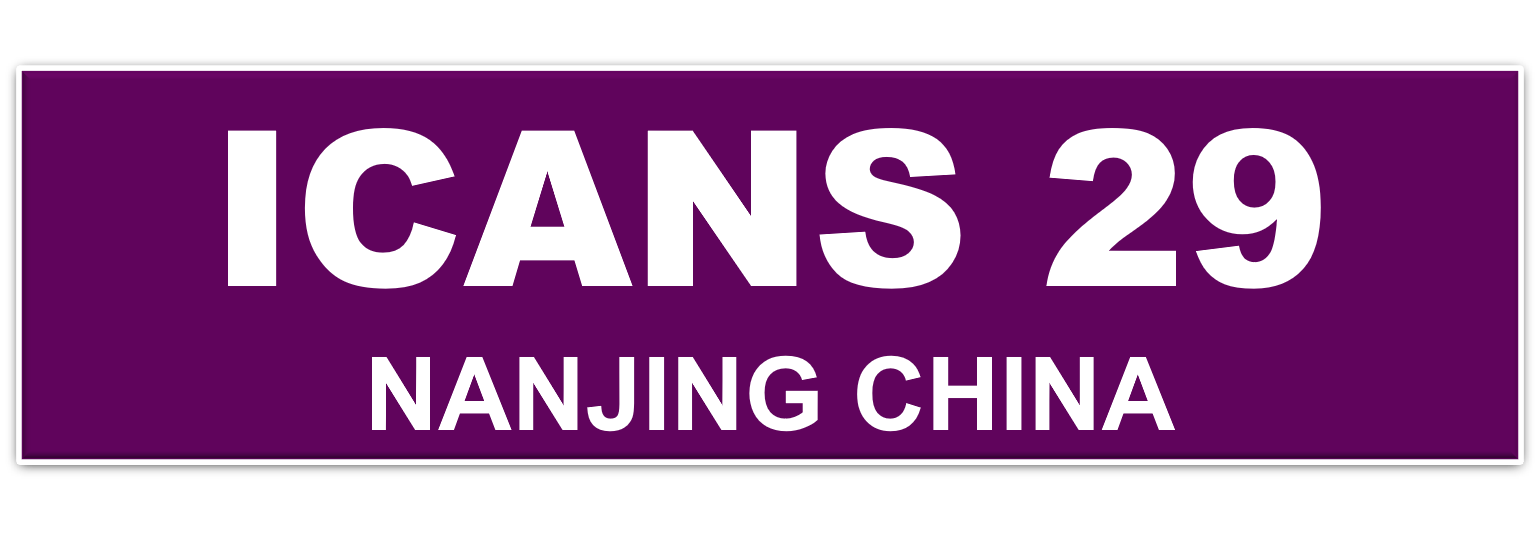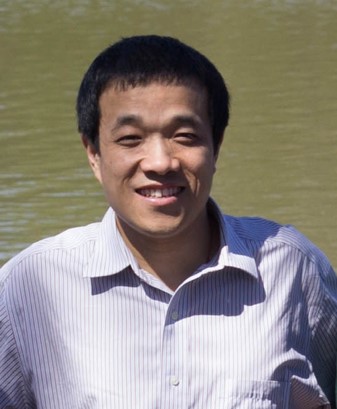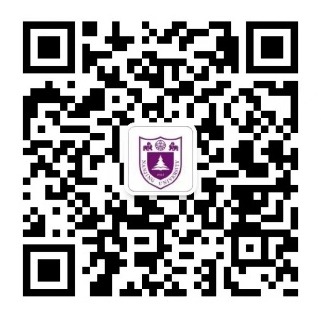Wenlong Cheng
Flexible Thin Film Electronics
Department of Chemical & Biological Engineering, Monash University, 20 Research Way, Clayton, Victoria 3800 Australia
Email: wenlong.cheng@monash.edu
Biography
|
|
Abstract for Presentation
Gold electronic skins and tattoos for connected healthcare
Sensitive, specific yet multifunctional tattoo-like electronics are ideal wearable systems for health monitoring anytime anywhere because they are virtually becoming parts of Human skins offering burdenless “unfeelable” wearing experience. Here, I will present our skin-like, multifunctional electronic skins and tattoos using standing enokitake mushroom-like vertically aligned nanowires. Among various materials of choices, gold has advantages of biocompatibity, chemical inertness, facile synthesis/Surface functionalisation and band-gap-matching with a lot of semiconductors materials. In this talk, I will briefly discuss our gold nanowire-based soft biosensing platform in the forms of patches, fibers and tattoos and cover some representative applications in health monitoring.
References
1. Bowen Zhu, Shu Gong, Wenlong Cheng*. Softening Gold for Elastronics. Chemical Society Review, 2019, 48, 1668-1711.
2. Qingfeng Zhai, Yan Wang, Shu Gong, Yunzhi Ling, Lim Wei Yap, Yiyi Liu, Joseph Wang, George P. Simon, and Wenlong Cheng*. Vertical Gold Nanowires Stretchable Electrochemical Electrodes. Analytical Chemistry, 2018, 90, 13498-13505.
3. Yan Wang, Shu Gong, Stephen J. Wang, Xinyi Yang, Yunzhi Ling, Lim Wei Yap, Dashen Dong, George P. Simon, Wenlong Cheng*. Standing Enokitake-like Nanowire Films for Highly Stretchable Elastronics. ACS Nano, 2018, 12, 9742-9749.
4. Shu Gong, Willem Schwalb, Yongwei Wang, Yi Chen, Yue Tang, Jye Si, Bijan Shirinzadeh and Wenlong Cheng*, A wearable and highly sensitive pressure sensor with ultrathin gold nanowires. Nature Communications, 2014, 5, 3132.
5. Mingyuan Gao, Ping Wang, Lili Jiang, Bowen Wang, Ye Yao, Sheng Liu, Dewei Chu, Wenlong Cheng, Yuerui Lu. Power generation for wearable systems. Energy & Environmental Science 2021, 14, 2114-2157.
6. Qingfeng Zhai, Yiyi Liu, Ren Wang, Yan Wang, Quanxia Lyu, Shu Gong, Joseph Wang, George P Simon, Wenlong Cheng*. Intrinsically Stretchable Fuel Cell Based on Enokitake‐Like Standing Gold Nanowires. Advanced Energy Materials, 2020, 10, 1903512.
7. Tiance An, David Vera Anaya, Shu Gong, Lim Wei Yap, Fenge Lin, Ren Wang, Mehmet R Yuce, Wenlong Cheng*. Self-powered gold nanowire tattoo triboelectric sensors for soft wearable human-machine interface. Nano Energy, 2020, 77, 105295
.
WELCOME TO CHINA TO ATTEND THE ICANS
23-26 August, Nanjing, China
Connect with us:



